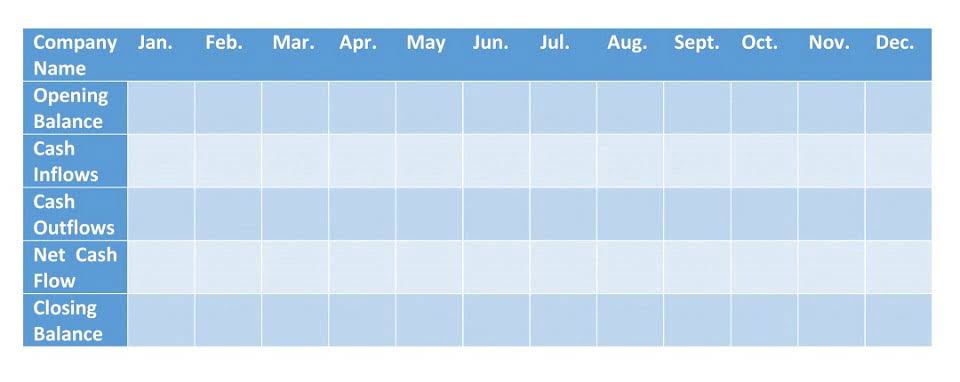
Capable manufacturing ERP software can simplify this process by way of automatic reports of sales and manufacturing data. The ROP serves as a signal to initiate the procurement or production process. By having a clear indicator of when to reorder, businesses can streamline their supply chain operations, ensuring a timely flow of goods and reducing bottlenecks. The inventory reorder point in inventory management is the minimum level of stock for a specific product.
- EOQ simplifies the ordering process by using a fixed order quantity and frequency, and it reduces the ordering and holding costs by finding the optimal trade-off between them.
- A harmonious balance between stocking enough items to meet consumers’ needs without unnecessarily tying up capital in excess stock.
- Along with that, getting the optimal level of inventory right in your warehouse is nearly impossible.
- Circulation, color, frequency, section, and day of the week are also important factors.
- The sales or manufacturing rate, or demand rate, also differs per item and is a function of consumption over time.
Reorder points can be calculated and maintained using pen and paper or spreadsheets programs like Excel. However, modern inventory management systems usually have various degrees of ROP functionality built-in that automatically trigger parts of the stock replenishment process. Modern solutions often use ROPs in conjunction with constraints management and other advanced forecasting methods, enabling deeper insights into stock consumption. It’s important to note that the reorder point calculation assumes that demand and lead time are relatively constant. If they are subject to significant variability, the safety stock component becomes even more critical to prevent stockouts.
Safety stock
Reorder points provide businesses with greater financial flexibility by allowing them to keep a minimum amount of inventory on hand without running out of product. Both ROP and EOQ are crucial for effective inventory management but are used at different stages and for different aspects of the inventory management process. The use of advanced forecasting techniques is like having a weather report for your sales climate. Methods such as time-series analysis, causal models, and machine learning algorithms can give more nuanced insights into customer demand patterns and seasonal fluctuations.

It can help you increase your business numbers, ensure client retention, and stand out. It also helps avoid the profit loss from placing orders too early, which can cause the stock to pile up. However, you can overturn the situation through effective inventory management and result-oriented strategies for better results. With the rising customer demands, these ineffective methods can result in business losses and minimize your chances of business success. It’s the trigger for restocking, ensuring you never run out of popular products.
What is reorder point (ROP)?
Reorder points can assist you in transforming and handling inventory throughout your supply chain. Having the required stock in your inventory is essential what is rop in business to keep customers satisfied and minimize losses. We’ve been discussing the importance of mastering reorder points in inventory management.
- This guide covers safety stock, lead time, and more to streamline your supply chain.
- Understanding ROP is critical in maintaining delivery time commitments to your customers.
- Let’s say you sold 40 units of an item in March, 60 in April, and 46 in May.
- Conversely, if your on-site inventory is becoming difficult or costly because of how much you have, and you’re not reordering very often, then you should decrease your quantity.
A reorder point is a fairly simple concept, but successful implementation requires attention to nuance and in-depth details about the suppliers, business, and customers. But you must ensure you use the ROP calculations and formula accurately to avoid miscalculations and future troubles. You can track the reorder point and ensure your customers don’t face a poor customer experience while purchasing a product from your retail website.
What is a newspaper ROP?
Some inventory management tools also enable businesses to generate customized reports on inventory stock by item, vendor, delivery date, assembly, and more. Rich inventory insights like these empower businesses to fine-tune their reorder points and overall inventory management processes. Regularly calculating reorder points removes the mystery from inventory cost control and helps your business maintain optimal service levels. Reorder points provide businesses with details about how much stock is left and when you need to reorder. Once you keep the minimum inventory and the safety stock number, you don’t face stock issues with daily sales velocity.
A reorder point (ROP) is the level of inventory at which an action is triggered to replenish that particular inventory stock. In other words, when your stock for a certain item falls to a certain level, the reorder point, you know it’s time to buy more. The reorder point formula lets you optimize your inventory ordering so you can meet demand without ever running out.

